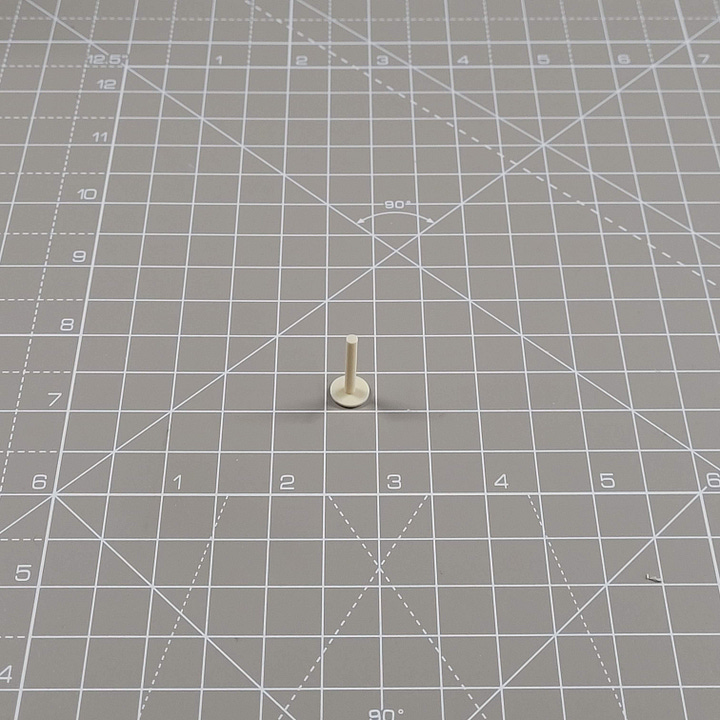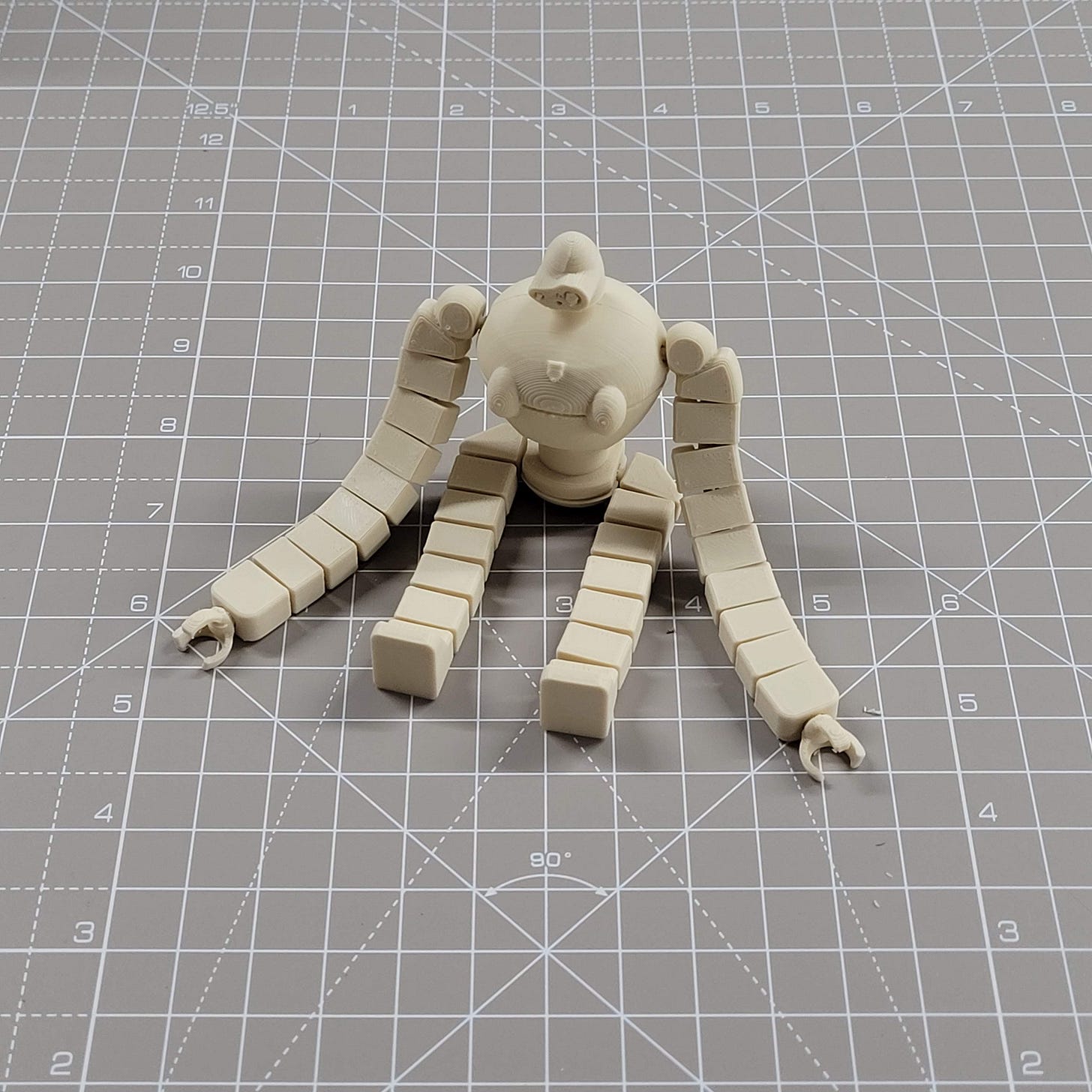Adding the Robot from Castle in the Sky in a Terrarium
Or doing anything simple to get out of inertia
A few days ago, the team I work with decided to hold an offsite to mark the end of the year, get everyone together, etc. Although these activities have a (deserved) bad reputation, the organizers of our meeting managed to prove that the company's end-of-year party doesn't have to be that bad.
The activity consisted of setting up terrariums! A container in which you put soil, some plants and other things to try to create ideal conditions for the creatures inside to stay alive with little maintenance. In front of us, we had a table with all the necessary components for the terrarium, each with its function in this closed ecosystem.
We started with a thin layer of pebbles, which help absorb excess moisture in the system
Then we added a layer of a so-called sphagnum moss (first time I heard that term, being a non native English speaker), which helps prevent the proliferation of unwanted bacteria and fungi.
The last layer of the foundation was basically a soil rich in the nutrients that the plant we were going to use needed
And then we could start decorating with what we had available: pebbles, decorative grass, small plants, etc.
The process is actually a little more complex than that. There are a number of details in the application of each of these layers. Sphagnum moss, for example, needs to be chopped up and then squeezed to get rid of most of the water it contains. Excessive moisture can end up killing the plants. A similar process is done with decorative grass. But the purpose of this post is not to be a tutorial on how to make a terrarium, because I have no idea what I was doing, I was just following the steps the instructor was telling me.
When I was decorating mine, I had the idea of using 3D printing to complement the decoration. I didn't really know what I wanted at the time, but I tried to leave an empty space to fill with whatever came to mind.
Quick detour: during the activity I learned that not even terrariums are free from a connection to colonialism (!?). Apparently, they were developed and popularized to bring native species from other continents to be studied in European laboratories and more quickly transformed into products. The terrarium helped to keep the plants in an environment more similar to that of the tropics.
It was the following weekend that, while watching a Ghibli film for the thousandth time, I had the idea of putting the big robot from *Castle in the Sky* sitting inside. For what I wanted, I think it was the perfect idea: I love anything that looks like a little robot, the Laputian Robot has some kind of solarpunk vibe to it, which I think goes well with the terrarium and, the best part, there is already a very well-made 3D model available for download.
I sliced the file in OrcaSlicer, sent it to the 3D printer et voilà. It came out in the first try, but I think that was pure luck (and a lot of glue stick on the heated bed). The first layer of the model is quite complex and I think I could have adjusted some things better in OrcaSlicer. On the legs and arms, the slicer created some very small supports that, in my opinion, could be removed without changing the final result too much. These supports end up having a very high risk of not adhering properly to the heated table, coming loose and messing up the rest of the printing.
I used a beige filament instead of brown, which might be closer to the color of the robot in the animation, because: (1) I already had this filament at home, (2) I thought it looked nicer this color, and the contrast with the rest of the terrarium was really cool.
With the model in hand, I proceeded to assemble it. I removed the supports and used super glue on the part that holds the legs to the torso and the front and back plates that hold everything else.
The end result is really interesting. The robot is fully articulated, so you can experiment with different poses, but it is a bit floppy. With this in mind, in order to let it sit inside the terrarium, I modeled a tiny support that would be glued to its bottom part and stuck in the grass.


Finally, I took a deep breath and shrank my hands so I could put it inside without accidentally obliterating the plants. I used a pair of tweezers that I have around here so I could move the arms and legs to the positions I wanted without having to put my hand in again.
I was really happy with the result. Now I have this little cute robot taking care of the terrarium for me.
One idea I had but didn't get to try was to try to integrate him better into the terrarium environment. You can use weathering techniques to make him dirtier or maybe just rubbing a little dirt on him will do the trick. Also, glueing some of those grass used in dioramas and architectural models on the robot's shoulders could be nice too.






